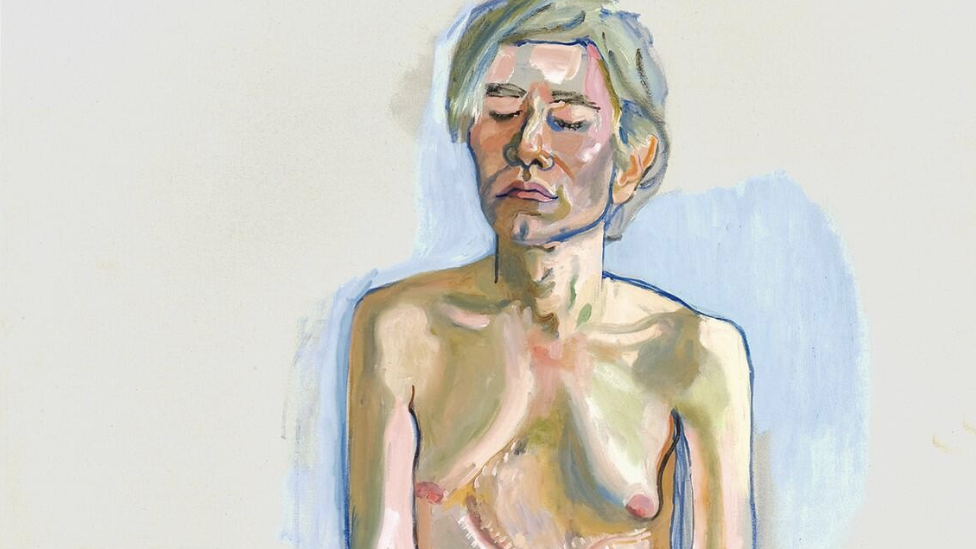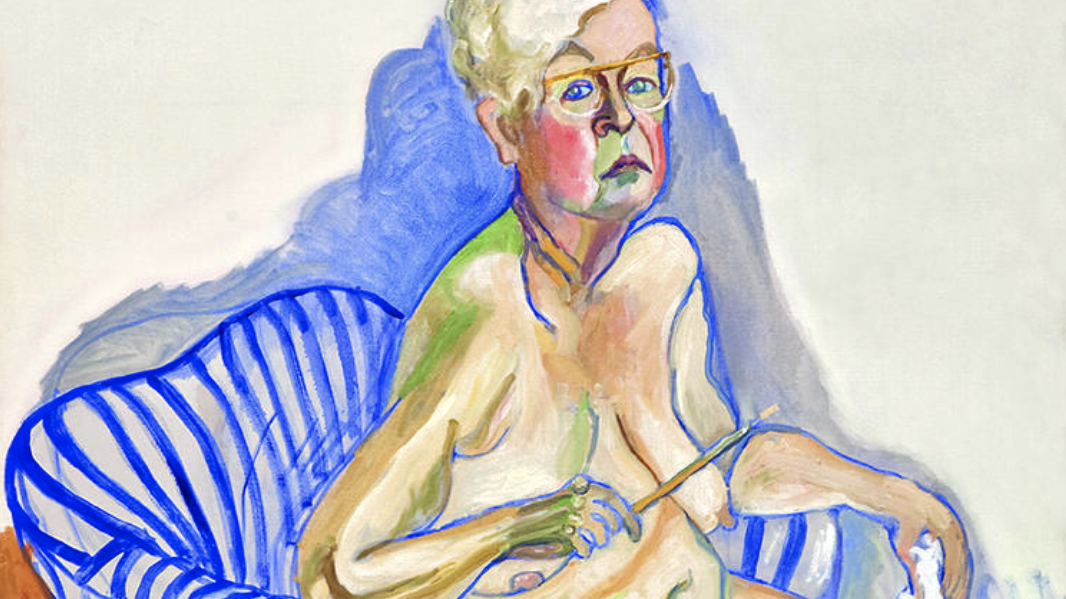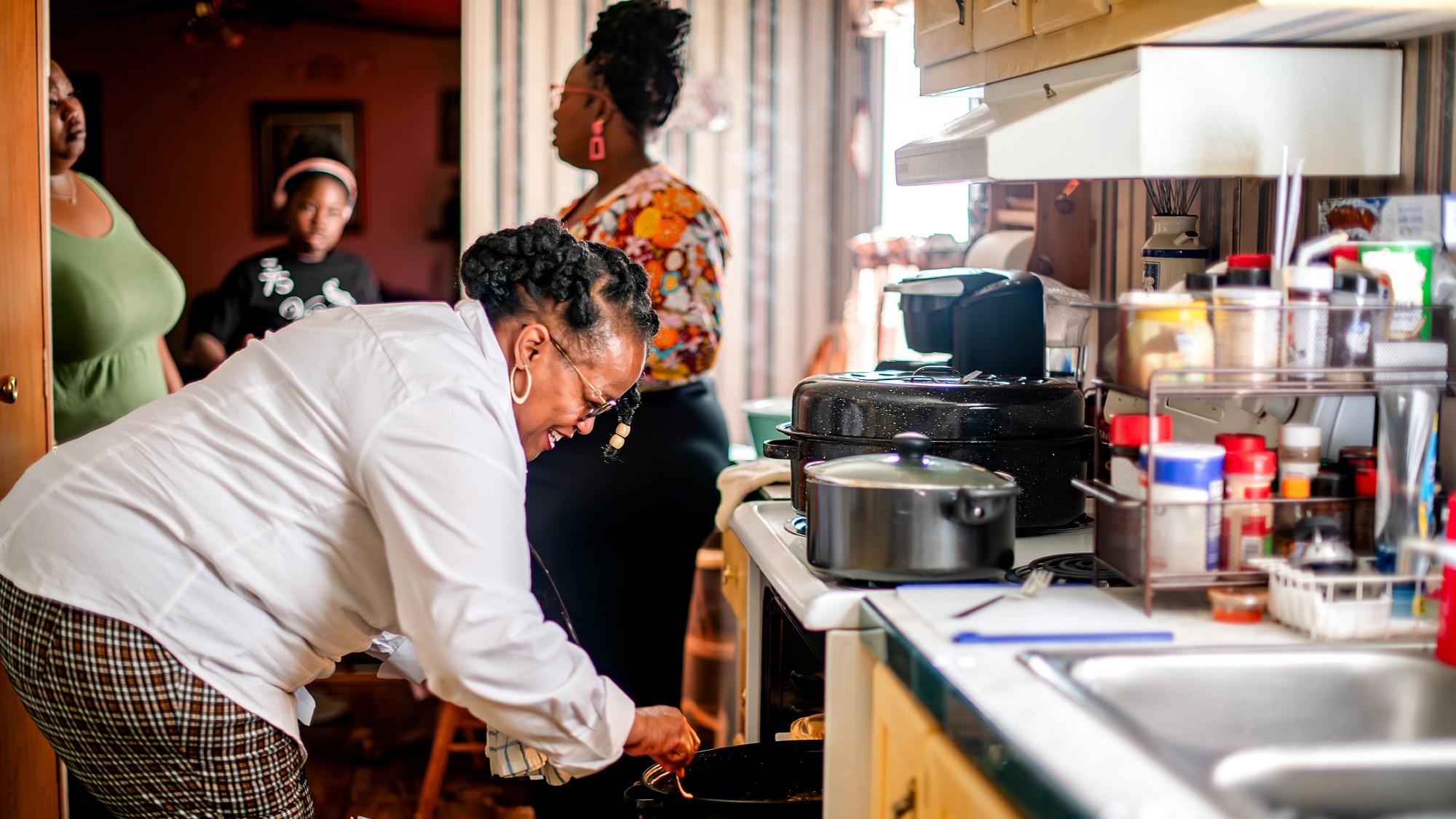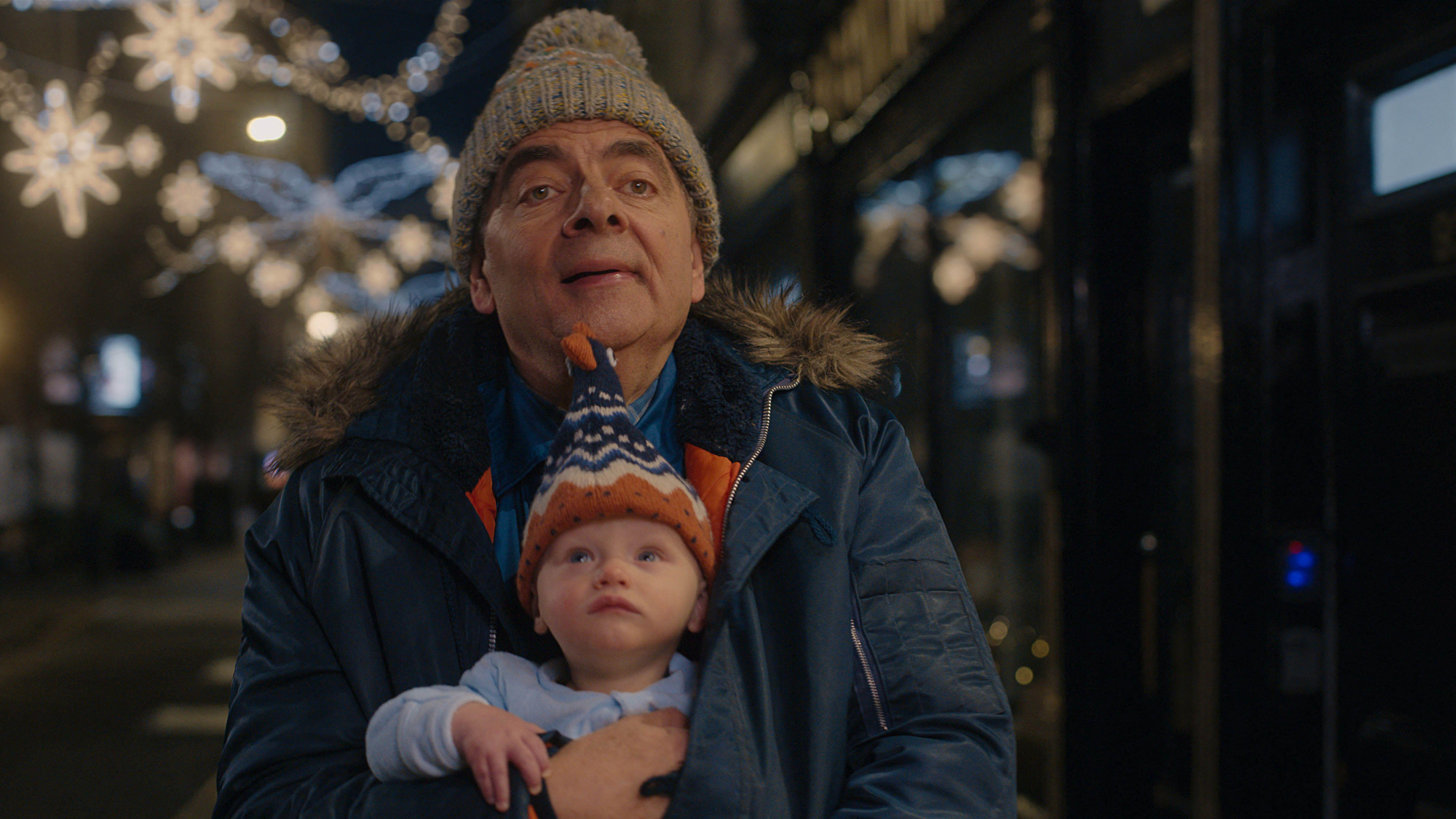Alice Neel: Hot Off the Griddle review – a ‘momentous’ exhibition at the Barbican
This show is a testament to the painter known for ‘her unflinching yet compassionate gaze’

The painter Alice Neel was neglected in her lifetime, but is today “celebrated for her unflinching yet compassionate gaze”, said Chloë Ashby in The Times. Born into a conservative family in Pennsylvania, Neel (1900-1984) rejected her roots, married a Cuban émigré and became a committed communist, living a bohemian existence in New York’s Spanish Harlem.
She specialised in “candid and unconventional” portraits of “lovers and neighbours, heavily pregnant women, queer couples, artists and writers, black intellectuals” – looking beyond the conventions of portraiture to focus on figures marginalised on account of their sexuality, race or class. “Life itself, unvarnished and fresh – hot off the griddle, she called it.” Neel was painting while abstraction was in its heyday, and she was ignored for much of her career.
In recent decades, however, her eccentric figurative work has won her cult status – and as this thrilling survey at the Barbican demonstrates, the attention is well-deserved. Bringing together 70 paintings from every stage of Neel’s long career, the show is a testament to her genius for capturing not just “outward appearances but inner lives”. It is a “momentous” exhibition.
The Week
Escape your echo chamber. Get the facts behind the news, plus analysis from multiple perspectives.

Sign up for The Week's Free Newsletters
From our morning news briefing to a weekly Good News Newsletter, get the best of The Week delivered directly to your inbox.
From our morning news briefing to a weekly Good News Newsletter, get the best of The Week delivered directly to your inbox.

Neel was not out to flatter, said Alastair Sooke in The Daily Telegraph. The first thing we see is a striking self-portrait she painted at the age of 80, in which she “presents herself as a grandmotherly, bespectacled lady with white hair, sitting naked, while holding a brush”. She captures her “drooping breasts and wobbly tummy”, her hand “seemingly gangrenous”.
It’s a work typical of her matter-of-fact approach. Yet while there is much that is admirable about Neel’s work, it’s hard to get past its fundamental “weaknesses”. She was “terrible” at painting hands, and had an annoying tendency to make her subjects’ heads “disproportionately large”.
Some of these portraits are plain bad: she really “drops the ball” in a “marionette-like” portrait of Andy Warhol’s assistant Gerard Malanga, while a “horrid” likeness of the poet Frank O’Hara is “an abortive piece of painting”.

Neel’s style is certainly “ungainly”, said Laura Cumming in The Observer. Yet to criticise her work for lacking “correctness of proportion” or photorealistic accuracy is to miss the point. Her paintings are near to caricature, but much odder: they speak to the “weird” coexistence of our minds and our bodies.
A free daily email with the biggest news stories of the day – and the best features from TheWeek.com
A “notorious” 1933 painting of the “wildly eccentric writer” Joe Gould has him surrounded by “tiers of male genitals”; her lover John Rothschild is “seen peeing in the sink” as he examines a “wriggling critter” in the palm of his hand. Elsewhere, Warhol himself is memorably depicted half-naked shortly after a 1968 attempt on his life, in a surgical truss. Overall, this is a “terrific” show that captures Neel’s tremendous “force of personality”.
Barbican Art Gallery, London EC1 (020-7870 2500, barbican.org.uk). Until 21 May; barbican.org.uk
-
 7 bars with comforting cocktails and great hospitality
7 bars with comforting cocktails and great hospitalitythe week recommends Winter is a fine time for going out and drinking up
-
 7 recipes that meet you wherever you are during winter
7 recipes that meet you wherever you are during winterthe week recommends Low-key January and decadent holiday eating are all accounted for
-
 Nine best TV shows of the year
Nine best TV shows of the yearThe Week Recommends From Adolescence to Amandaland
-
 Nine best TV shows of the year
Nine best TV shows of the yearThe Week Recommends From Adolescence to Amandaland
-
 Winter holidays in the snow and sun
Winter holidays in the snow and sunThe Week Recommends Escape the dark, cold days with the perfect getaway
-
 The best homes of the year
The best homes of the yearFeature Featuring a former helicopter engine repair workshop in Washington, D.C. and high-rise living in San Francisco
-
 Critics’ choice: The year’s top 10 movies
Critics’ choice: The year’s top 10 moviesFeature ‘One Battle After Another’ and ‘It Was Just an Accident’ stand out
-
 A luxury walking tour in Western Australia
A luxury walking tour in Western AustraliaThe Week Recommends Walk through an ‘ancient forest’ and listen to the ‘gentle hushing’ of the upper canopy
-
 Joanna Trollope: novelist who had a No. 1 bestseller with The Rector’s Wife
Joanna Trollope: novelist who had a No. 1 bestseller with The Rector’s WifeIn the Spotlight Trollope found fame with intelligent novels about the dramas and dilemmas of modern women
-
 Appetites now: 2025 in food trends
Appetites now: 2025 in food trendsFeature From dining alone to matcha mania to milk’s comeback
-
 Man vs Baby: Rowan Atkinson stars in an accidental adoption comedy
Man vs Baby: Rowan Atkinson stars in an accidental adoption comedyTalking Point Sequel to Man vs Bee is ‘nauseatingly schmaltzy’